
Since leachate is generated during waste burial, it is considered a secondary pollutant. It typically has characteristics of significant water quality fluctuations, a wide variety and complexity of organic substances, and the composition and concentration of organic pollutants can change greatly over time. Experts have detected organic pollutants in various landfill leachates, mainly including alkanes/alkenes, phenols, alcohols, esters, ketones, aldehydes, aromatic hydrocarbons, heterocyclic compounds, etc. Most of these organic pollutants are carcinogenic, teratogenic, and mutagenic organic substances listed as national environmental priority pollutants, so their degradation and removal are of great significance to human life.
1.Alkanes: Their inherent toxicity is not very high, being low or slightly toxic, but toxicity gradually increases with molecular weight. Alkanes can be absorbed into the body through the respiratory tract or skin. Long-term exposure and inhalation of alkanes can lead to nervous system dysfunction, gastrointestinal diseases, and decreased body resistance; alkanes have a certain irritant effect on the skin, long-term repeated contact can cause skin dehydration and dermatitis; additionally, high-concentration vapors irritate mucous membranes, and direct inhalation of liquid alkanes can cause pneumonia and pulmonary hemorrhage.
2.Phenols: Phenols are aromatic hydroxy compounds with many types and strong toxicity. Phenols can react chemically with proteins causing denaturation, thus they are highly toxic substances. If high concentrations of phenols accidentally enter the body, it may cause acute poisoning, severe cases leading to shock or death. Of course, environmental phenol concentrations are usually low, locally present, and not widely distributed. After absorbing small amounts, the body can excrete phenols through liver detoxification. However, if the intake exceeds the liver's detoxification capacity, causing phenols to accumulate in internal organs, it can lead to symptoms like dizziness, diarrhea, and lethargy, resulting in chronic poisoning.
If phenols enter rivers and lakes in large quantities, they cause serious water environmental pollution.Therefore, China's wastewater discharge standards strictly stipulate thatthe phenol content in wastewater must not exceed 2.0 mg/L.
3.Aldehydes: Aldehydes are a class of organic pollutants generated from incomplete combustion of organic compounds and photochemical reactions of hydrocarbons. Aldehydes are soluble in water, so they easily affect the water environment. Similar to alkanes, aldehydes can also damage human skin and respiratory tracts, possessing carcinogenic and mutagenic hazards. Among aldehydes, formaldehyde is the most toxic; ingestion of over 10g of formaldehyde can be fatal. According to the national "Integrated Wastewater Discharge Standard", the first-level standard requires formaldehyde discharge not to exceed 1.0 mg/L, and the third-level standard is 5.0 mg/L.
4.Polycyclic Aromatic Hydrocarbons (PAHs): These are organic substances containing multiple benzene rings, produced by incomplete combustion of wood, waste, etc. Toxicity increases with the number of benzene rings, and they have become a major environmental pollution factor. Landfill leachate can contain hundreds oftypes of PAHs. PAHs can enter the body through air, water, food, and quickly dissolve into the fatty tissues of internal organs like the liver, kidneys, and spleen. Accumulation of PAHs in fatty tissues can cause various diseases. Most PAHs are carcinogenic; long-term exposure to high concentrations increases the risk of skin cancer, lung cancer, etc.
5.Heterocyclic Compounds: These are a class of organic compounds whose ring structures contain atoms other than carbon (e.g., nitrogen, sulfur, oxygen, etc.). They are widely found in nature and are among the most common organic pollutants in industrial wastewater and landfill leachate. The most common are nitrogen-containing heterocyclic compounds, which are refractory to biodegradation, highly toxic, carcinogenic, teratogenic, and mutagenic, posing a great danger to humans and the environment. Therefore, researching the degradation of heterocyclic compounds is also of great importance.
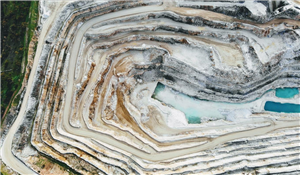


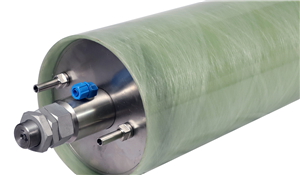



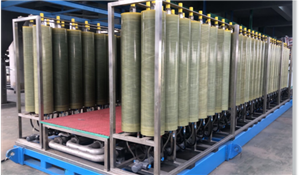
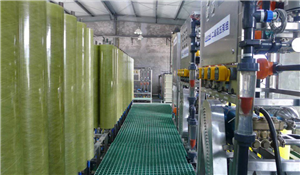
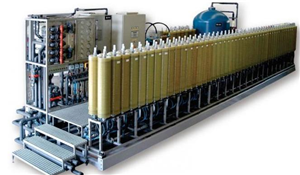


Henan Yuanhede Industrial Technology Co., Ltd.
East Industrial Park, Yuzhou City, Henan Province, China.
(+86)139 3822 7726
info@yhdegroup.com
www.yhdegroup.com